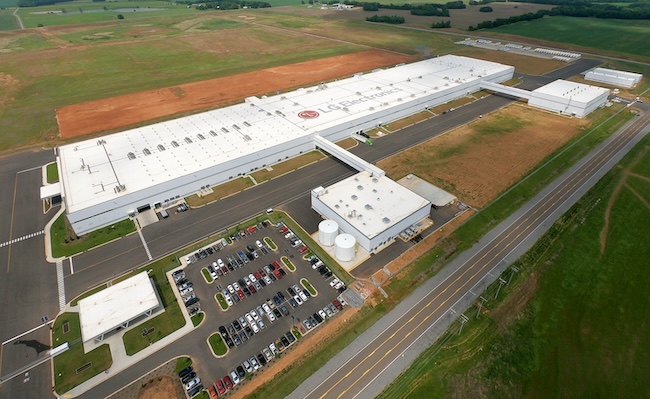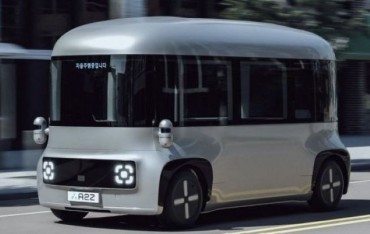Clarksville, Tennessee, Jun. 5 (Korea Bizwire) – LG Electronics is considering producing home appliances beyond just washers and dryers in the United States, bracing for a potential deterioration in the trade environment following the results of the U.S. presidential election in November.
The South Korean company began manufacturing washers in the U.S. during Donald Trump’s first term as president, after facing tariff penalties on those products. This time around, LG says it plans to overcome protectionism through an increase in production in the U.S.
“We are preparing slightly different strategies depending on whether Trump or Biden wins the election,” said Son Chang-woo, the head of LG’s Tennessee factory, at a briefing for correspondents on May 31. He cited Trump’s pledge of 10% across-the-board tariffs and the Biden administration’s updates to Section 301 tariffs on China.
However, Son added, “It’s not like things would be better with Biden or more difficult with Trump.”
The strategy LG is preparing involves manufacturing products like refrigerators and TVs at its Tennessee plant, which currently produces only washers and dryers. Son explained that there is ample space remaining at the site to build three more factory buildings. The washer plant occupies just 94,000 square meters of the 1.25 million square meter site.
“If trade issues arise and we need to establish another production site, we could produce not just refrigerators but other products like TVs as well,” Mr. Son said. “We are prepared to respond sufficiently if such a situation arises.”
He noted, however, that nothing has been finalized yet.
LG imports components needed for production at the Tennessee factory from other countries, and the company is also preparing for the possibility that the U.S. could impose tariffs on those components.
“Whether it’s Trump or Biden, there are risks with components,” Son stated. He said LG continues to diversify its sourcing of components, procuring some from suppliers near its Mexico plant to consider factors like tariffs and logistics costs. Components exported from Mexico to the U.S. benefit from reduced tariffs under the United States-Mexico-Canada Agreement.
The Tennessee factory was originally established to overcome U.S. protectionism. As LG was pursuing a local U.S. plant to counter its American rival Whirlpool, Trump took office, and LG broke ground on the Tennessee facility in August 2017.
The Trump administration then imposed high safeguard tariffs on Korean washers in January 2018 to aid Whirlpool. In response, LG rushed to complete the plant and began mass production there in December 2018.
Though the safeguard measures expired last February, contrary to Whirlpool’s intentions, they only solidified the strong U.S. market position of competitive Korean companies like LG. A U.S. International Trade Commission report last August analyzed the washer safeguards from 2018-2022 and found that LG and Samsung improved across major metrics like production, market share, total revenue, employment and wages, while existing U.S. producers like Whirlpool and GE deteriorated.
At its relatively high-cost U.S. manufacturing site, LG has achieved competitiveness through deploying artificial intelligence and automation.
At the 500-meter long, 100-meter wide plant, robots perform tasks like pressing metal plates across production processes like welding, machining, assembly and inspection.
Autonomous mobile robots roam the factory floor, reading QR codes arranged like a checkerboard pattern to navigate and deliver materials and components where needed. This allows reducing staffing by about 100 people, saving roughly $80,000 annually per person, according to Song Hyun-wook, the production manager.
Despite the automation, as the competitive plant has continued growing, employment has actually increased from around 800 initially to about 900 currently.
LG aims to raise its industry-leading 64% automation level to 68% by year-end and over 70% thereafter.
Kevin Lee (kevinlee@koreabizwire.com)







